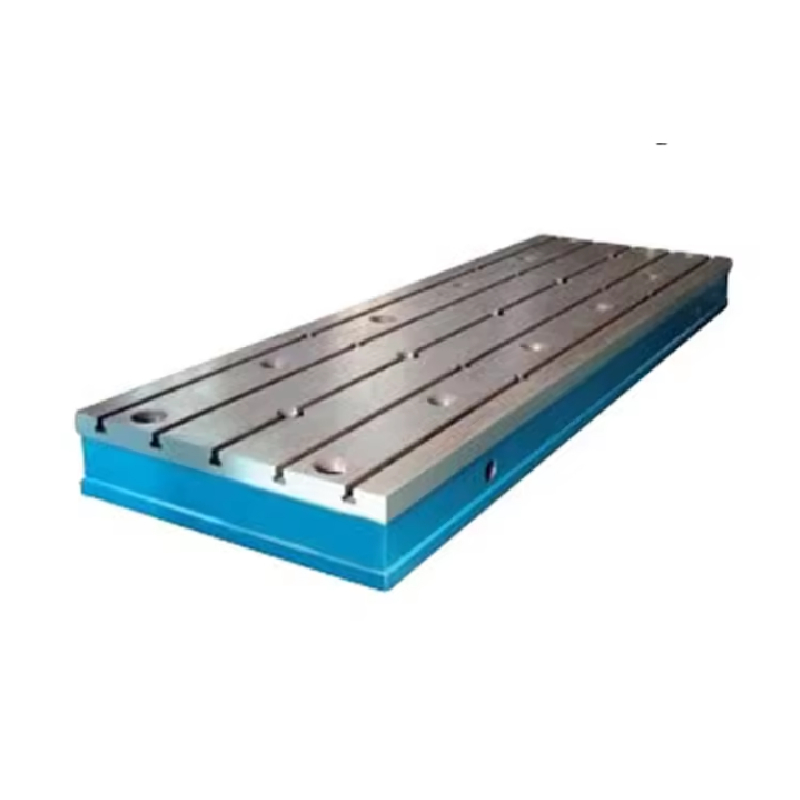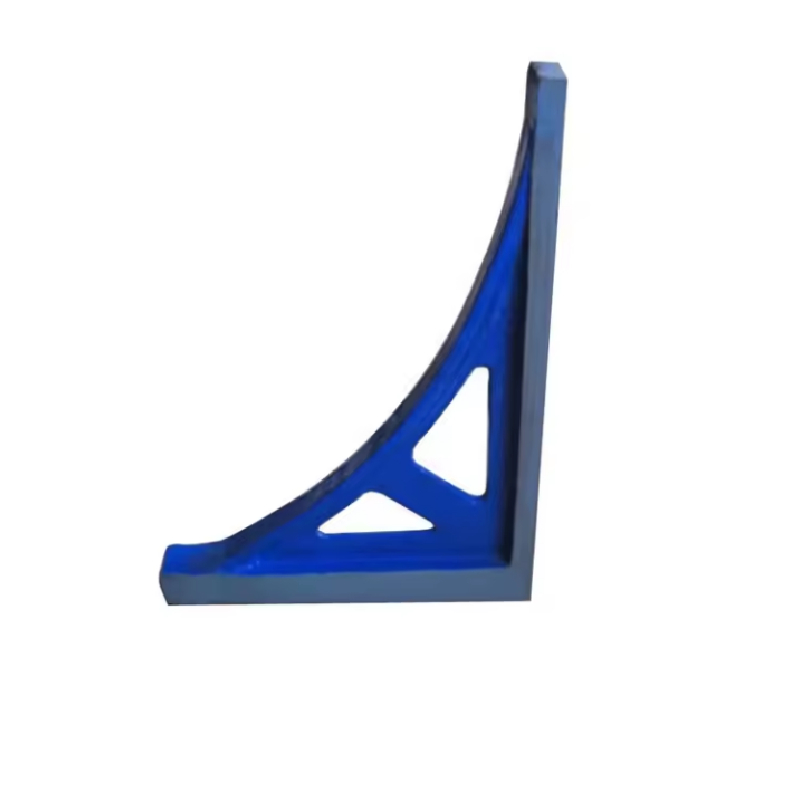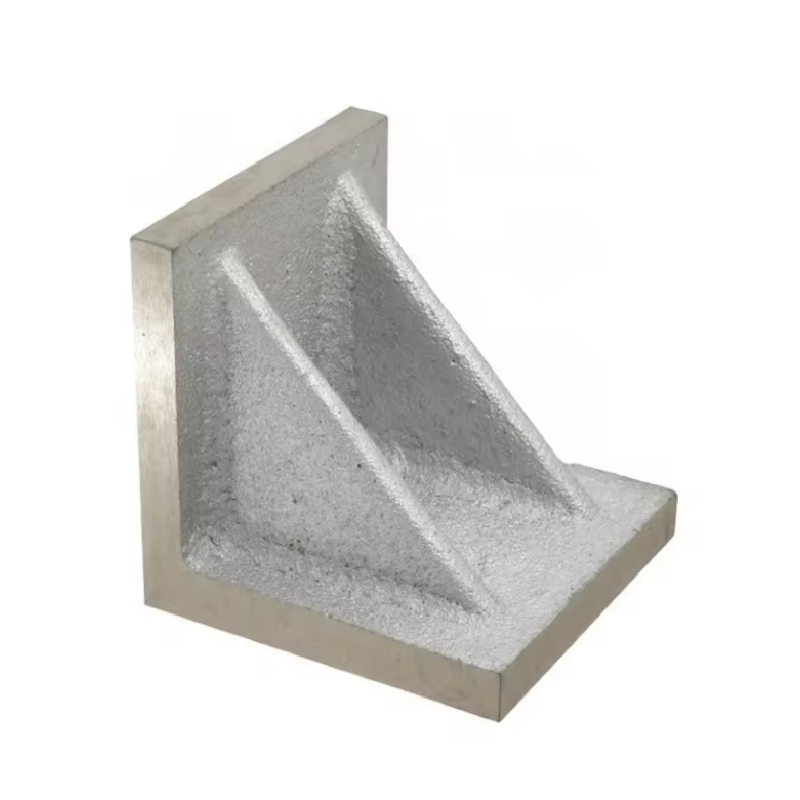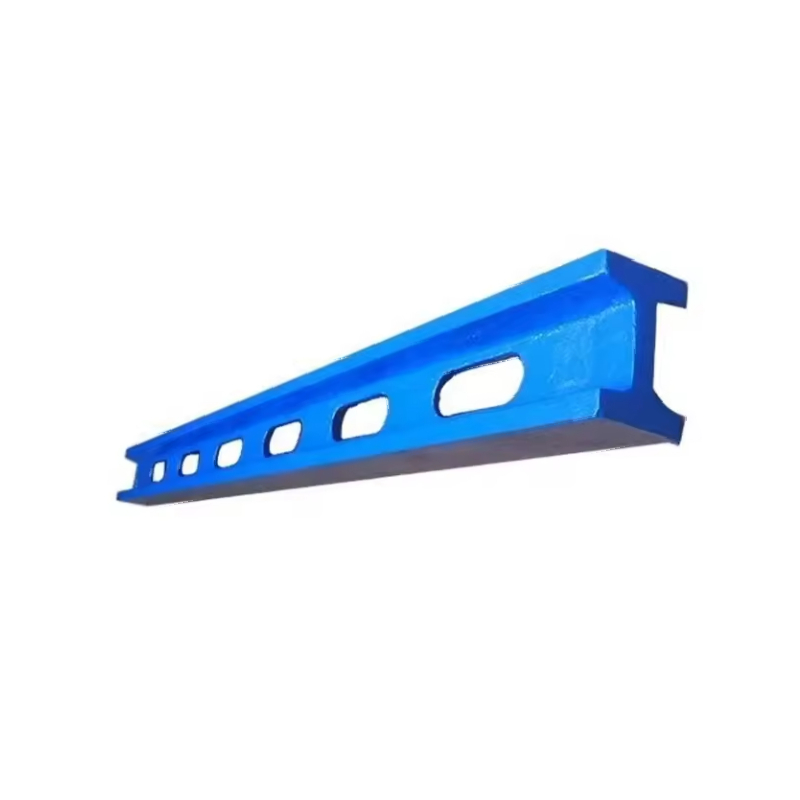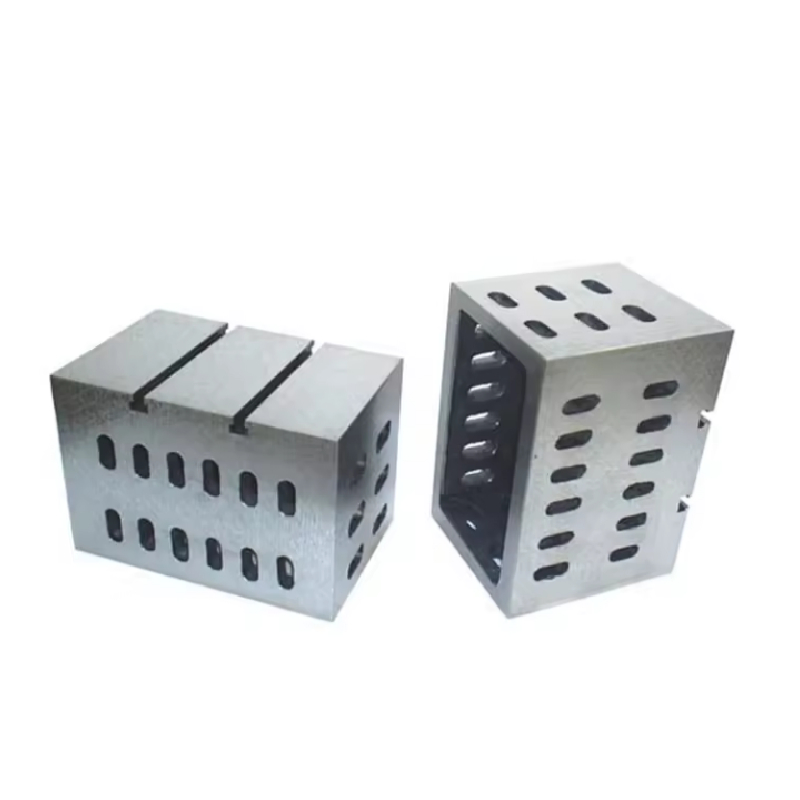Jul . 27, 2024 16:22 Back to list
Exploring the Various Applications and Benefits of Magnetic V Blocks in Precision Machining
The Versatile Applications of Magnetic V Blocks
Magnetic V blocks are essential tools in various industries, from manufacturing to metalworking and educational settings. These ingenious devices are designed to hold and support workpieces in a precise manner, allowing for accurate machining, measurement, and inspection. With the power of magnets, V blocks provide a reliable grip on irregularly shaped components, significantly improving efficiency and accuracy.
Design and Functionality
A magnetic V block is typically composed of durable materials, often made from hardened steel or iron, which ensures longevity and resistance to wear. The defining feature of a V block is its V-shaped groove, which accommodates cylindrical objects securely. When combined with magnetic properties, these blocks can firmly hold onto ferrous metals without the need for clamps or vises that may obstruct the workspace. This allows operators to focus on their task without the inconvenience of readjusting their setup.
Precision Machining
In precision machining, magnetic V blocks are invaluable. Machinists use these tools to hold workpieces during operations such as milling, grinding, or drilling. The magnetic grip ensures that the components remain stationary, even under significant forces. This stability minimizes the risk of errors and enhances the quality of the finished product. Moreover, because they are easily repositionable, V blocks facilitate quick setups, saving time in busy production environments.
Inspection and Measurement
Quality control is a critical component of manufacturing processes, and magnetic V blocks play a significant role in inspection and measurement tasks. They can hold workpieces securely while machinists measure dimensions using calipers or gauge blocks. The consistent and stable positioning provided by the magnetic V block ensures that measurements are both accurate and repeatable. In metrology labs, these tools help adhere to industry standards, making them indispensable for maintaining quality assurance.
magnetic v block uses

Fabrication and Assembly
Magnetic V blocks are also employed in fabrication and assembly tasks. For welding operations, for instance, the ability to hold pieces at specific angles without the obstruction of clamps is highly beneficial. Welders can position components precisely and maintain the correct alignment, resulting in stronger and more durable welds. Additionally, these blocks are useful in assembly lines, where workers need to secure different parts temporarily during the assembly process.
Educational Use
Beyond industrial applications, magnetic V blocks find their place in educational settings as well. They are used in technical schools and vocational training programs to teach students about machining, metrology, and other manufacturing processes. By providing a hands-on experience with tools that replicate real-world applications, students can develop essential skills before entering the workforce.
Conclusion
The versatility of magnetic V blocks cannot be overstated. Their ability to support a wide range of applications makes them a staple in many industries. From ensuring precision in machining and measurement to enhancing the efficiency of welding and assembly processes, these tools provide significant advantages. Moreover, their role in education highlights their importance in shaping the next generation of skilled workers. As technology advances and industries evolve, the function and design of magnetic V blocks may be enhanced further, but their inherent utility and fundamental applications will undoubtedly remain crucial in the world of manufacturing and beyond.
In summary, magnetic V blocks are small but mighty tools that have a profound impact across various sectors, helping to drive productivity and precision in a constantly changing industrial landscape.
-
Thread Plug Gauge Our Promise of Measurement ExcellenceNewsAug.22,2025
-
Gauge Pin Class Reflecting Quality LegacyNewsAug.22,2025
-
Check Valve Types for High Rise BuildingsNewsAug.22,2025
-
Water Control Valve for Irrigation SystemsNewsAug.22,2025
-
Gate Valve with Soft Seal TechnologyNewsAug.22,2025
-
Y Type Strainer for Oil and Gas ApplicationsNewsAug.22,2025
Related PRODUCTS


